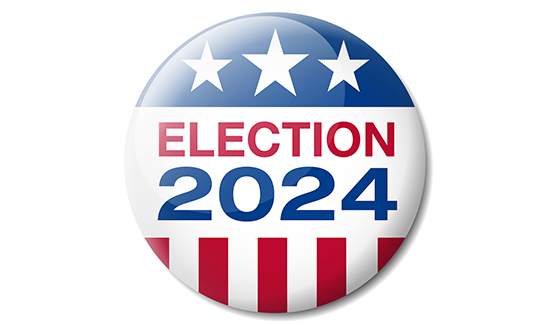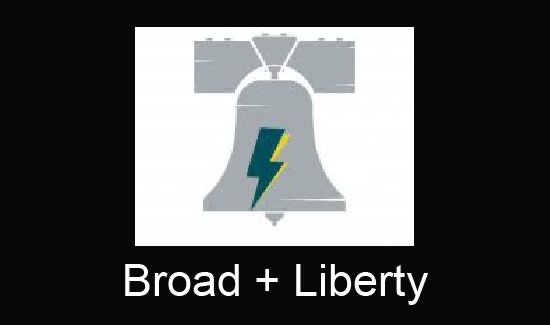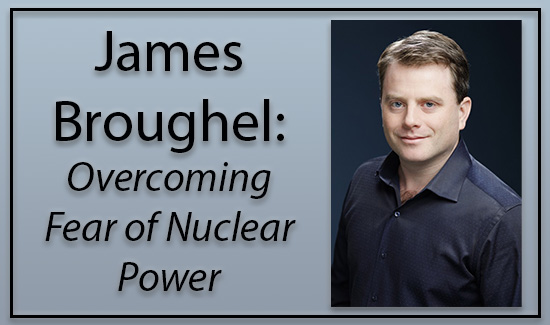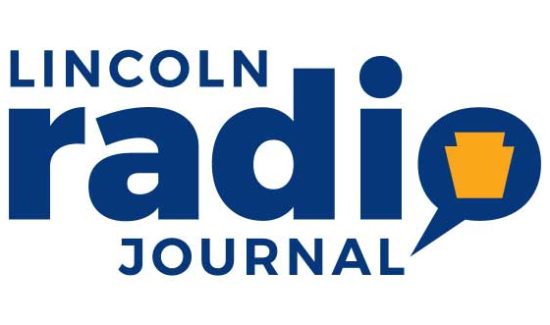The (Still) High Cost of Pittsburgh Regional Transit Bus Service
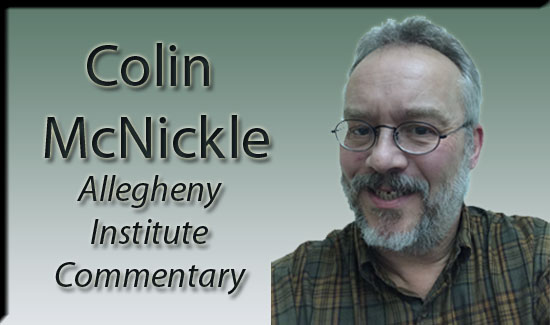
The cost to operate Pittsburgh Regional Transit (PRT) buses oftentimes exceeds seven other comparison transit agencies in the United States, except New York City, concludes a new analysis by the Allegheny Institute for Public Policy.
But in one key metric, and when the cost-of-living in the respective comparison transit agency cities is factored in, PRT’s cost exceeds even that of the Big Apple, the review found (in Policy Brief Vol. 23, No. 41).
The principal findings are that “PRT’s operating expense per vehicle revenue hour of $199 in 2019 exceeded all the comparison agencies except New York City and was tied with Miami,” says Jake Haulk, president emeritus of the Pittsburgh think tank.
“In 2022, PRT’s operating cost per revenue hour of $234 exceeds five of the seven comparison agencies trailing only New York City ($245) and being tied with Seattle,” the Ph.D. economist found.
“Moreover, all but one of the cities (Minneapolis) has a higher cost-of-living than Pittsburgh—two, Seattle and New York are very much higher,” he said.
But after adjusting the comparative cost-of-living differences, “PRT had the highest cost per revenue hour of all the cities, with the margin ranging from 14.8 percent higher than Minneapolis to 66 percent higher than New York City,” Haulk concluded.
The Allegheny Institute used National Transit Database (NTD) data and statistics to review and comparatively analyze key 2019 and 2022 (latest available) annual data to gauge performance and expense measures for PRT bus service and seven other transit agencies across the country.
Those other transit agencies were in Dallas, Miami, Minneapolis, Chicago, Portland, Seattle and New York City.
Haulk cautions that comparing bus operating costs across agencies presents several difficulties.
“The normal tendency would be to look at the expense per passenger trip. And while that is somewhat useful, it can be deficient in that larger cities with high-density populations and potential bus riders will typically be able to keep buses running at higher usage levels than lower-population-density cities,” he said.
“Looking at ridership changes across transit agencies from one year to another can be instructive but only as it relates to changes in factors affecting demand for bus transportation.
“Thus, the better measure of cost effectiveness is to compare the expense per vehicle revenue hour. That largely avoids the problem of differing densities among cities with mass-transit bus service,” the think tank scholar says.
Cost per vehicle revenue hour is the total of all costs incurred by an agency to operate buses divided by the hours they are in paid passenger service and does not necessarily reflect passenger trips.
The cost will include driver compensation, maintenance and repair costs and the administrative staff employed to manage the system for route planning, scheduling, personnel services, among other things.
“As measured by operating expense per revenue hour, PRT is costlier than all agencies except Seattle and New York,” Haulk finds.
But, “Adjusted for cost-of-living PRT is the most expensive agency of the eight which includes a wide range of agencies in terms of size, geographic location and expense per revenue hour.”
PRT long has been saddled with an out-of-whack cost structure, fueled in part by organized labor — with an ability to strike that drives up wages and benefits.
Its high-cost structure was exacerbated by the COVID-19 pandemic and, in the post-pandemic era, ridership numbers systemwide that, on many routes (buses and light-rail) still badly lag pre-pandemic performance.
“Pittsburgh Regional Transit must examine its operations for its ridership per route, the frequency of service, personnel levels and administration and labor expenses to learn why its per revenue hour [cost] is higher than most other agencies and significantly higher when adjusted for the cost-of-living,” Haulk concludes.
Colin McNickle is communications and marketing director at the Allegheny Institute for Public Policy ([email protected]). Read the full study at alleghenyinstitute.org.
.



